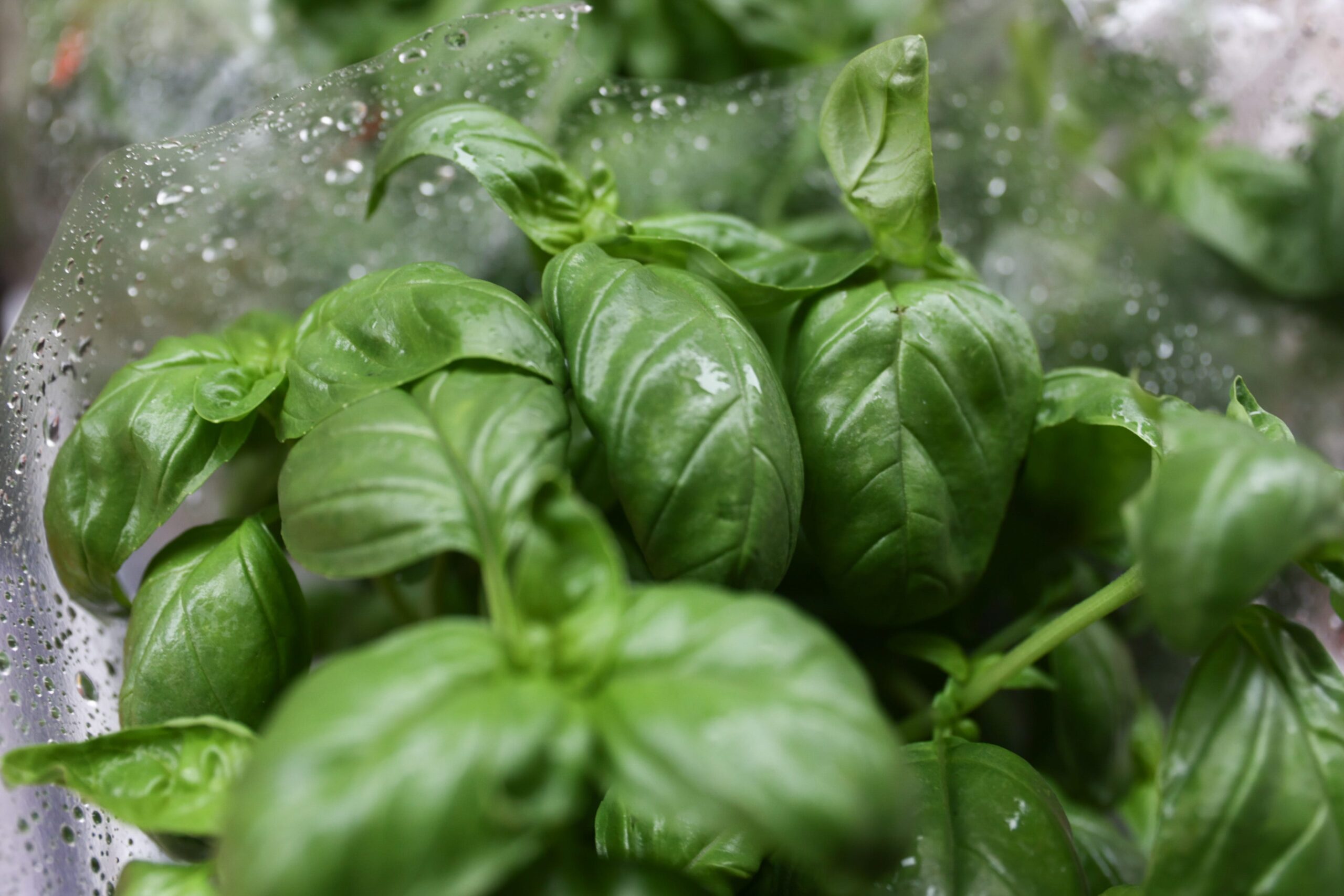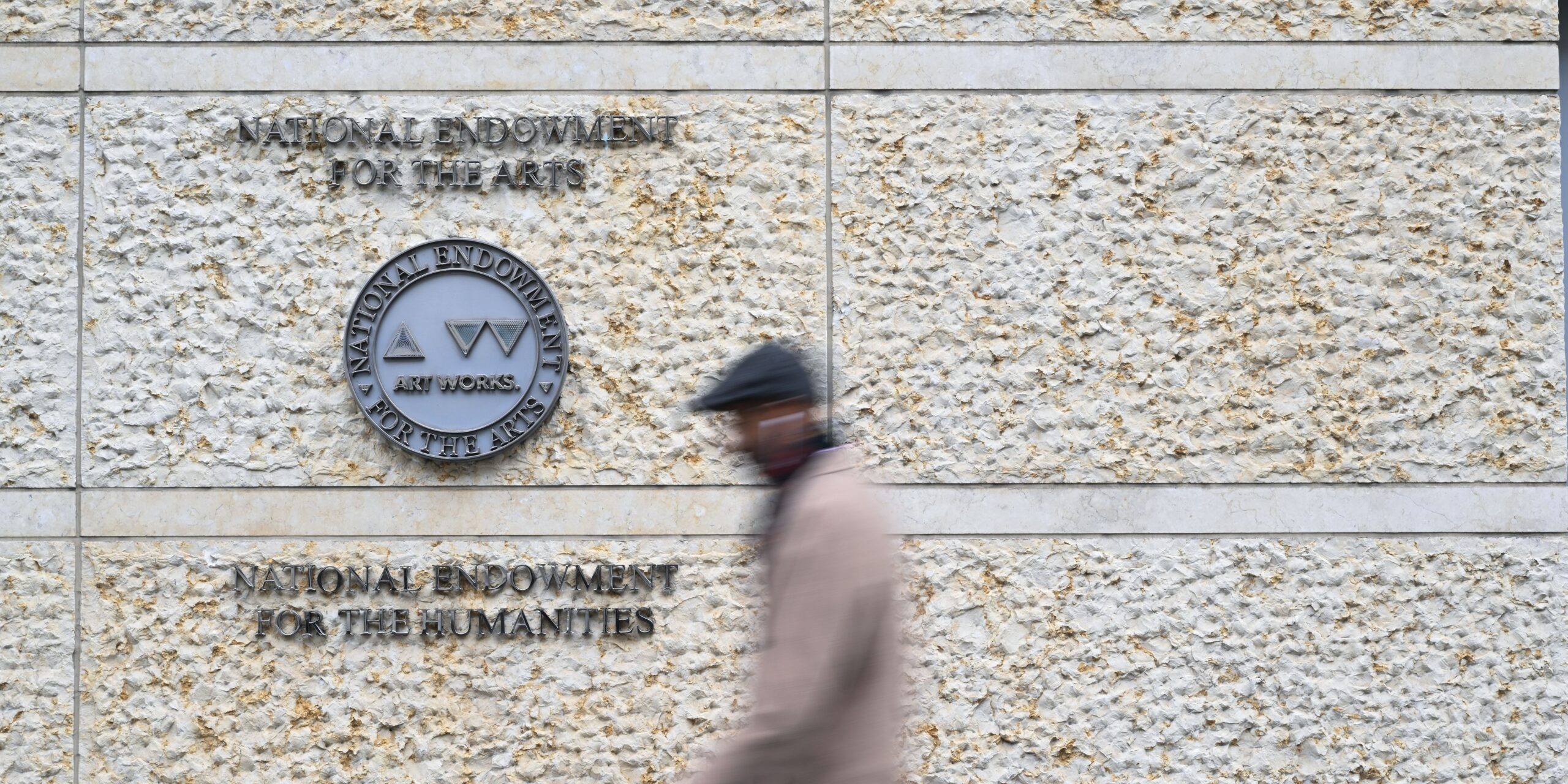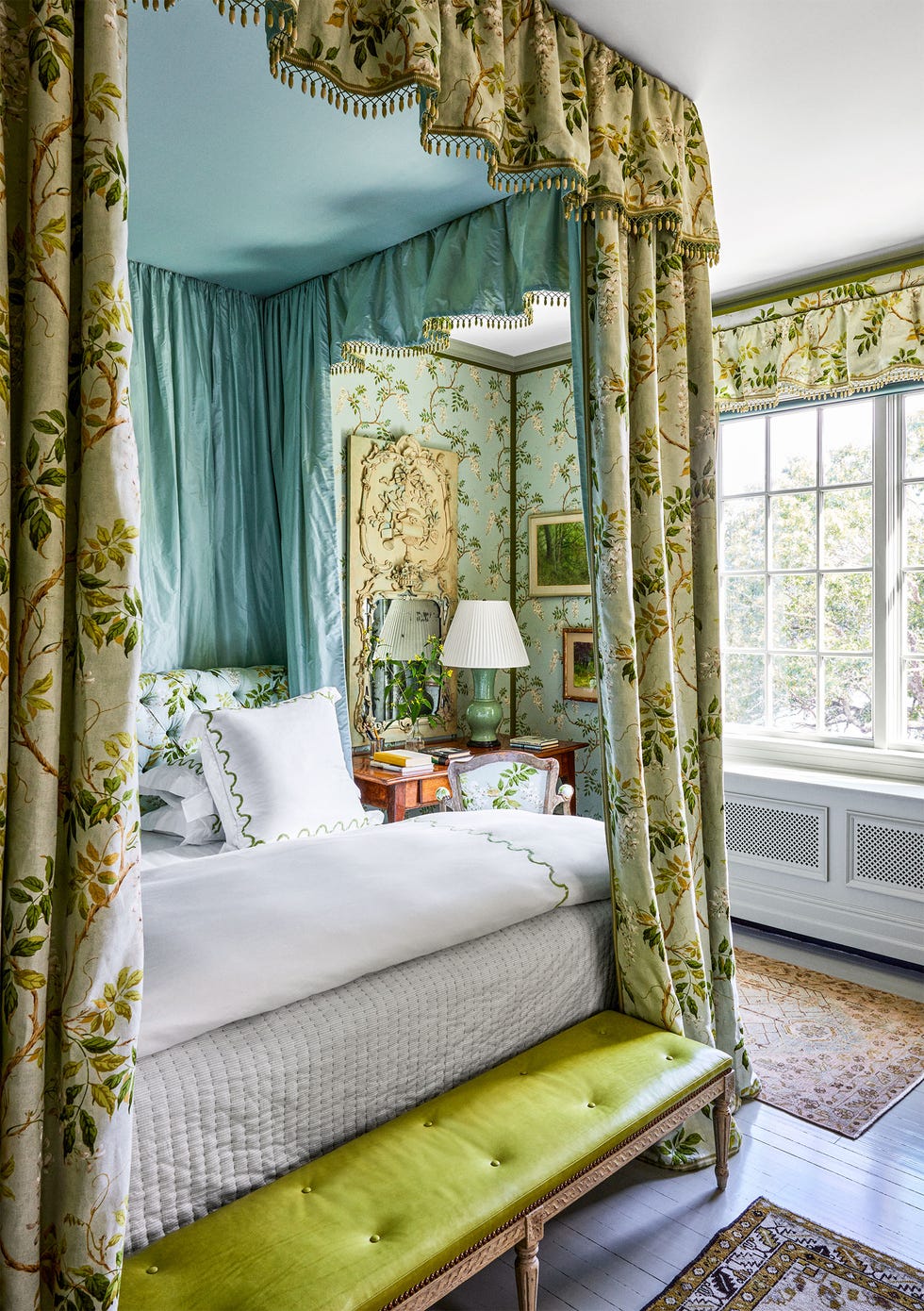Fresh basil can transform Tuesday night spaghetti into something that tastes like you might actually know what you’re doing in the kitchen—and growing your own is surprisingly simple. This aromatic herb delivers restaurant-quality flavor to your kitchen while requiring minimal effort and space. Whether you’re cultivating a sunny windowsill garden or planning an outdoor herb patch, here is your complete guide to growing healthy, productive basil plants.
Outdoor Basil Plant Care
Sunlight
Basil is a sun lover that requires 6-8 hours of direct sunlight daily for optimal growth. Plant in locations with full morning sun exposure. In scorching climates, provide light afternoon shade to prevent leaf burn. Skimping on sunlight results in weak, flavorless plants that disappoint at harvest time.
Water
Keep soil consistently moist but not soggy. Provide about one inch of water weekly, watering deeply at soil level rather than sprinkling leaves. Water in the early morning so plants can drink up before the day’s heat hits. The finger test works perfectly—stick your finger 1-2 inches into soil and water when the top layer feels dry.
Soil and Fertilizer
Plant in well-draining soil with pH 6.0-7.5 enriched with compost or organic matter. Space plants 12-16 inches apart for proper airflow—crowded basil invites disease problems. Feed with balanced 10-10-10 fertilizer every 2-4 weeks during growing season. Resist over-fertilizing, which creates lush but flavorless leaves.
Indoor Basil Plant Care
Sunlight
Indoor basil also needs 6-8 hours of direct sunlight daily. South-facing windows are the best option, but if you have no bright windows, LED grow lights running 14 hours daily, positioned 2-4 inches above plants will do the trick. Adjust height as plants grow to prevent burning.
Water
Container basil dries out faster than outdoor plants. Keep soil consistently moist but well-drained. Use the finger test—water when the top inch feels dry. Bottom watering works brilliantly here: Set the pot in a water tray for 10 minutes, then drain excess. This keeps leaves dry and reduces disease risk.
Soil and Fertilizer
Use quality potting mix in containers at least 4-6 inches deep and add perlite for drainage. Start with nutrient-rich organic potting soil that feeds plants for about six weeks. After that, diluted liquid fertilizer every two weeks keeps the growth strong.
How to Harvest Basil
Start harvesting when plants reach 6-8 inches tall with at least four sets of leaves.Cut just above leaf nodes with sharp, clean scissors—this triggers new growth from those points. Harvest in early morning when oils are most concentrated for maximum flavor.
Never take more than one-third of the plant at once. Pinch off flower buds immediately—once basil flowers, it stops producing those tender leaves you actually want and focuses on making seeds instead.
Common Issues and Troubleshooting Tips
- Yellowing leaves are almost always caused by overwatering or poor drainage. Stop watering immediately and improve drainage.
- Wilting despite wet soil is due to root rot from too much moisture. Remove plant, trim any black or mushy roots, and repot in fresh, dry soil.
- Aphids, whiteflies, and spider mites love basil. Blast small infestations with water or use insecticidal soap for stubborn cases. Neem oil handles most organic pest control needs.
- Yellow leaves with fuzzy undersides mean you have downy mildew. Bacterial leaf spot, a plant disease, creates dark spots. Both are prevented by watering at soil level and ensuring good air circulation.
- Leggy, weak growth is due to not enough light. Move to a brighter spot or add grow lights. Regular pinching promotes bushy growth instead of tall, spindly stems.
The key to basil success is consistency—steady light, proper watering, and regular harvesting. Get these fundamentals right, and you’ll have productive plants that keep your kitchen stocked with fresh herbs all season long.

Julia Cancilla is the engagement editor (and resident witch) at ELLE Decor, where she oversees the brand’s social media platforms, covers design trends and culture, and writes the monthly ELLE Decoroscope column. Julia built her background at Inked magazine, where she grew their social media audiences by two million and penned feature articles focusing on pop culture, art, and lifestyle.









